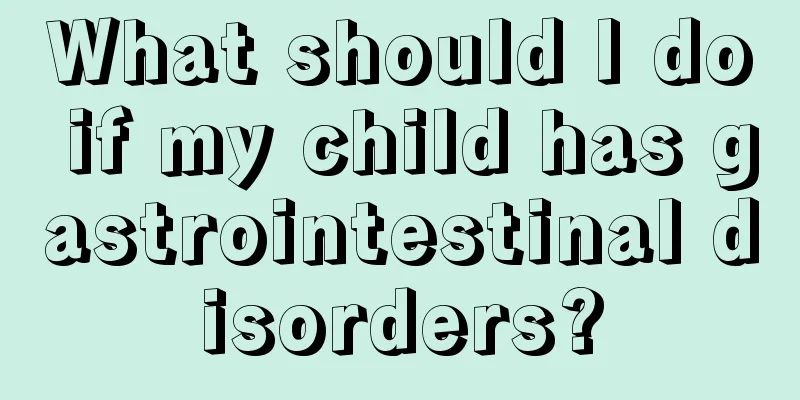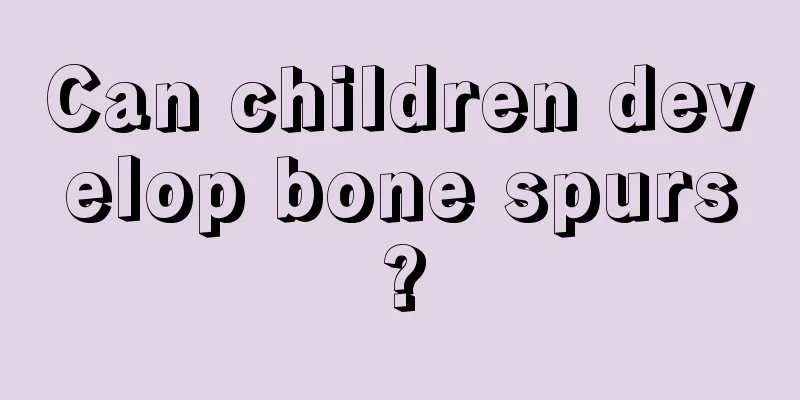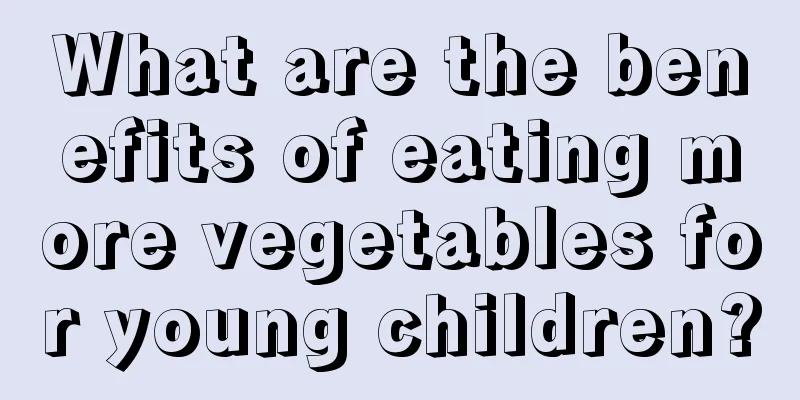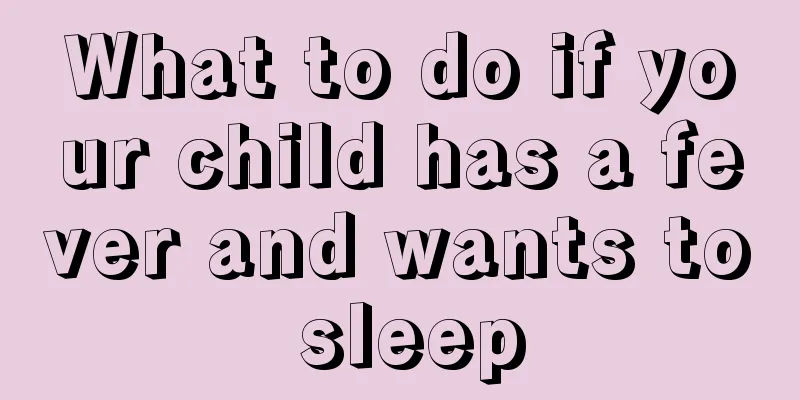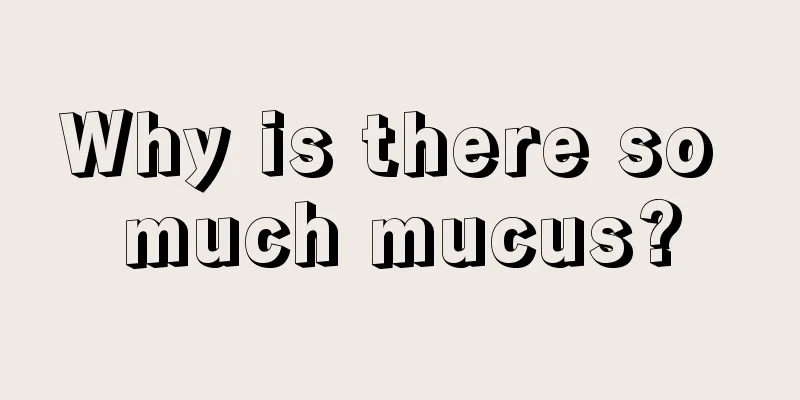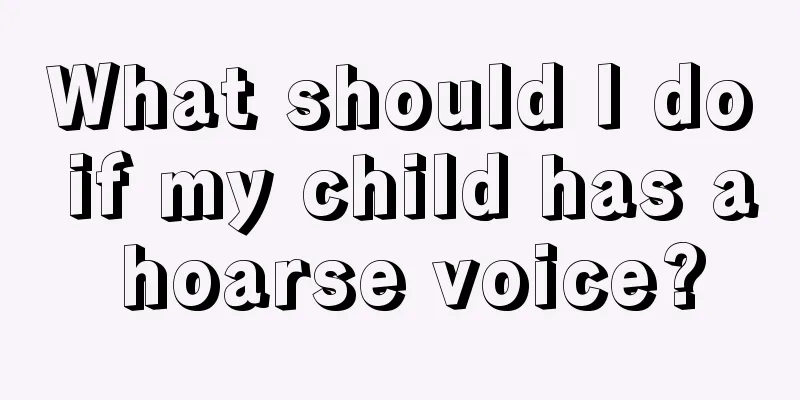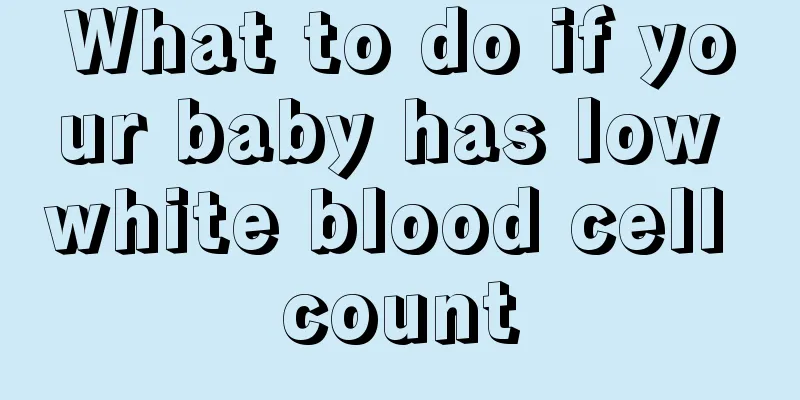What are the symptoms of cerebral palsy in children?
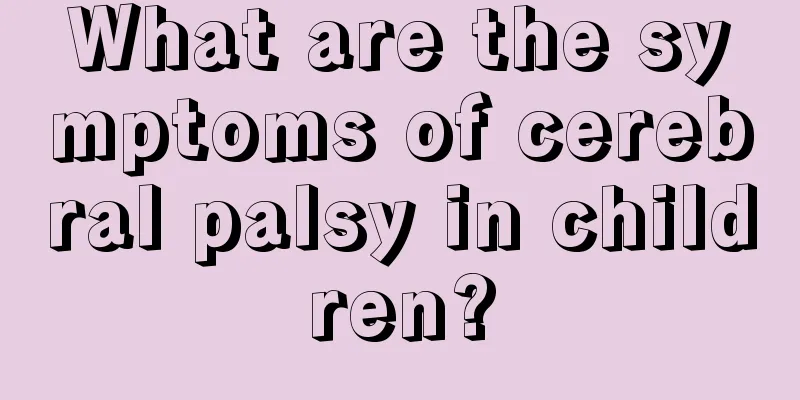
|
I believe that some parents have had this experience in life: their children are less intelligent than children of the same age, have language disorders, visual and hearing impairments, etc. Many parents think that these behaviors are normal for young children. In fact, these are one of the manifestations of cerebral palsy in children. If ignored, they will cause immeasurable harm, which is a special kind of cruelty for both parents and children. When we face this problem in a timely manner, the harm to the children will be minimized. So what are its specific manifestations? Let me answer them one by one for you. (1) Early manifestations: ① Psychiatric symptoms: excessive irritability, constant crying, and difficulty falling asleep. He reacts violently to sudden noises and changes in body position, shaking all over and crying as if frightened. ② Feeding difficulties: manifested as uncoordinated sucking and swallowing, and slow weight gain. ③ Difficulty in care: It is difficult to put the arms into the sleeves when dressing, it is difficult to separate the thighs when changing diapers, and when bathing, as soon as the feet touch the edge of the bathtub or the water surface, the baby's back immediately becomes stiff and arched, accompanied by crying. (2) Manifestations of motor dysfunction: ① Motor development retardation: including gross motor or fine motor delay and reduced active movement. ② Abnormal muscle tone: manifested as hypertonia, muscle rigidity, hypotonia and incoordination of muscle tone. ③ Abnormal posture: posture at rest such as tense neck reflex posture, rigid limb posture, opisthotonos posture, and hemiplegic posture; abnormal posture during activity such as choreoathetosis and torsional spasm, spastic paraplegic gait, and cerebellar ataxia gait. ④ Abnormal reflexes: manifested as delayed disappearance of primitive reflexes, delayed appearance of protective reflexes, and abnormal Vojta postural reflex patterns. Vojta postural reflexes include stretch reflex, body raising reflex, Collin's horizontal and vertical reflexes, standing, inverted, and oblique hanging reflexes. (3) Classification performance: (1) Spasticity: The disease has the highest incidence, accounting for 60% to 70% of all patients. It often appears mixed with symptoms of other types. The lesions affect the pyramidal tract system, and the main manifestations are central paralysis, increased muscle tension of the affected limbs, limited limb movement, abnormal posture, hyperreflexia of deep tendons, and positive ankle clonus. Pyramidal signs are still positive after 2 years of age. The tension of the upper limb flexors increases, the shoulder joint is adducted, and the elbow, wrist and finger joints are flexed. When lying, the knee and hip joints of the lower limbs are in a flexed position; it is difficult to raise the head when lying prone; when starting to sit, the head tilts back, and when you are able to sit later, it is difficult to straighten the legs, the spine is kyphotic, and the lower limbs are in a "W" shape when kneeling; when standing, the hips and knees are slightly bent, and the toes touch the ground; when walking, they walk on tiptoe and with a scissors-like gait. There are 7 types according to the affected parts: ① Spastic hemiplegia: refers to the involvement of one side of the limbs and trunk, with the upper limbs being more severely affected than the lower limbs. The spontaneous movement of the paralyzed limbs is reduced, walking is delayed, hemiplegic gait is present, and the toes of the affected limb touch the ground. About 1/3 of children experience convulsions between 1 and 2 years old. About 25% of children have abnormal cognitive function and intellectual disability. ② Spastic diplegia: refers to the involvement of all four limbs, but the lower limbs are more severely affected, while the upper limbs and trunk are less affected. It is often discovered when the baby starts to crawl. When lifting the child's armpits, you can see that the lower limbs are crossed in a scissor-like shape. If this type of disease mainly affects the lower limbs, the intellectual development is usually normal and is rarely accompanied by convulsive attacks. ③ Spastic quadriplegia: refers to the involvement of all four limbs and trunk, with similar severity in the upper and lower limbs. It is the most serious type of cerebral palsy, often accompanied by mental retardation, language disorders, visual abnormalities and convulsions. ④ Spastic paraplegia: Both lower limbs are obviously affected, while the trunk and upper limbs are normal. ⑤ Double hemiplegia: All four limbs are affected, but the upper limbs are more severely affected than the lower limbs, or the degree of paralysis on the left and right sides is inconsistent. ⑥ Triplegia: Three limbs are affected, usually paralysis of the upper limbs and both lower limbs. ⑦Monoplegia: a single limb is affected. Monoplegia is mild and easy to misdiagnose, especially if it occurs in the non-dominant hand. After reading the above article, I believe everyone must have a certain understanding and knowledge of cerebral palsy in children. If you have any problems in this regard, be sure to seek medical attention immediately. Don't ignore it, but don't avoid it either. Seek medical treatment in time and have your children seek medical treatment in time, there is hope. We hope that the methods we provide can help parents verify whether their children have cerebral palsy so as to avoid ignoring it. For a better tomorrow for our children, we as parents must work harder. |
<<: What are the nutritious breakfasts for young children?
>>: Symptoms and treatment methods of mentally retarded children
Recommend
What to do if water gets into a child's ear
In daily life, many people accidentally let some ...
Can newborns be bathed with mugwort water?
Bathing with mugwort water is something that many...
Treatment for infrequent bowel movements in babies
Many of our babies may have the situation of infr...
What to eat for children with bronchitis
Most bronchitis is chronic and is a nonspecific i...
How to correct children's unclear articulation
Nowadays, more and more attention is paid to the ...
Can a one year old eat peaches?
A one-year-old baby should have been weaned, and ...
What should we do if primary school students are careless?
In daily study and work, everyone can be careless...
What are the emergency home care measures for children with chickenpox?
Varicella is a common infectious disease that usu...
What to do if your child's white blood cell count is high
Children's bodies develop very quickly becaus...
4-year-old baby education
Nowadays, many parents pay special attention to t...
Does your child’s eczema itch?
Babies may suffer from eczema due to allergies or...
Nine-month-old baby's development
The step-by-step growth and development of a baby...
One year old child has blue spots on forehead
Newborn babies will have blue marks on their bodi...
How to treat fetal bladder cysts?
When you are more than 7 months pregnant, you go ...
What is myocarditis in children?
Myocarditis is a common heart disease that is not...
